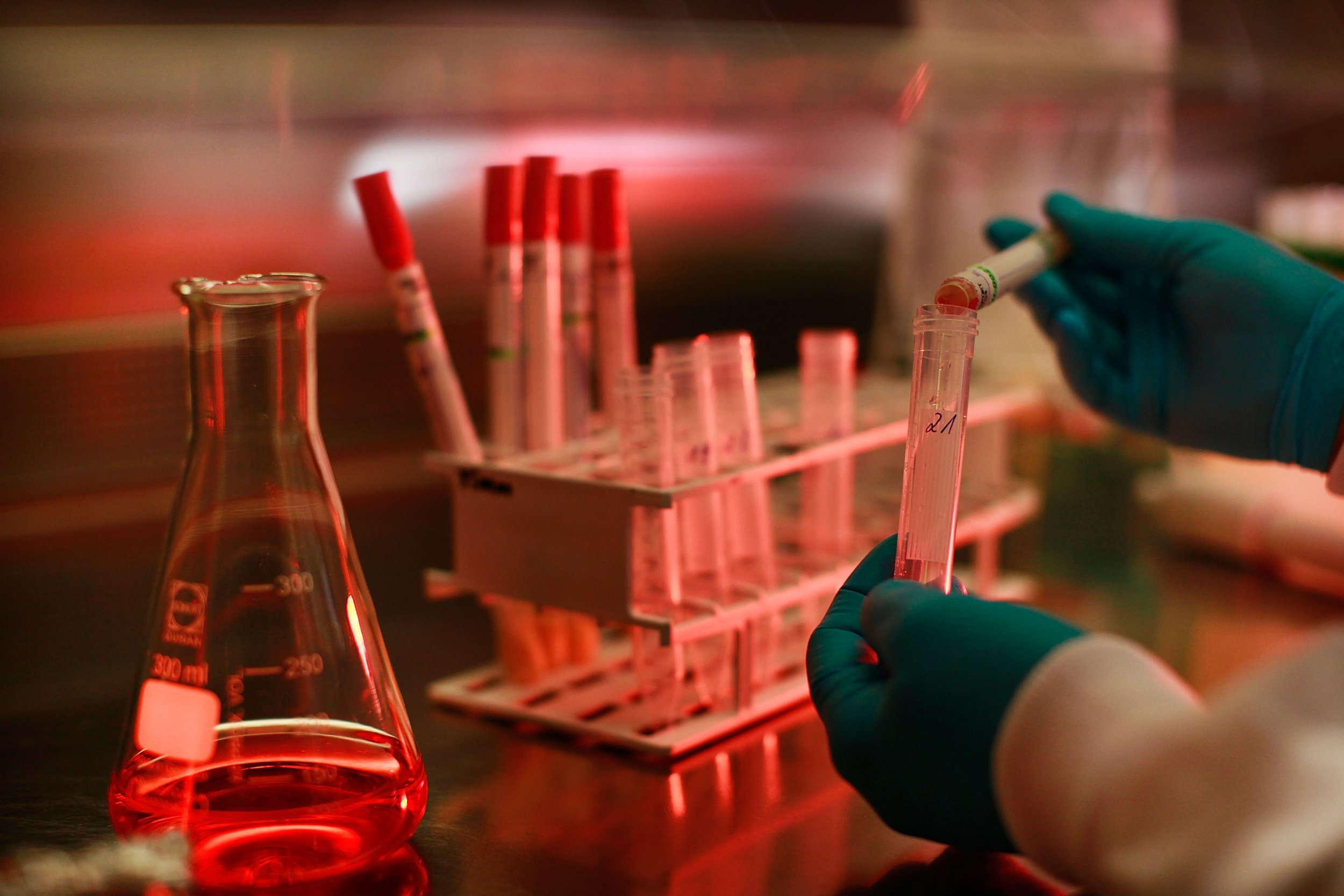
Scientists in England have taken us one step closer to creating viable human sperm in a laboratory by demonstrating that lab-grown specimens undergo the process of "erasure." This step is critical toward insuring that sperm does not contain any unnecessary DNA mutations that may be passed on to children.
In a talk given at the Progress Educational Trust annual conference in London, Azim Surani, director of germline and epigenetics research at the University of Cambridge's Gurdon Institute, explained the progress that he and his teammates had made in creating human sperm cells in a laboratory, The Guardian reported. According to a study recently submitted for publishing online, the team succeeded in having cells grown in a laboratory undergo a process called "erasure."
Related: Male Infertility Crisis In U.S. Has Experts Baffled
In this scenario, erasure describes the removal of epigenetic DNA changes–genetic change caused by environmental factors—from undeveloped sex cells. Erasure must occur in sperm cell formation to minimize how a parent's behavior and environment can influence the health of their children, PJ Media reported.
In order to view the sperm as it matured and document the erasure, the team created artificial testicles, which are basically a blob of testicle cells suspended in gel, The Guardian reported. Still, despite their rudimentary nature, the blobs created the right environment for sperm cells to grow. While erasure occurs naturally, the new study shows it can also be replicated in a Petri dish.
Related: Western Men Could Struffle To Become Fathers As Sperm Count Halves In 40 Years
This step is essential for the creation of lab-grown sperm. Some researchers envision using lab-grown sperm to conceive children, although the work is not at this final stage yet. For that to succeed, the artificial sperm must grow identically to how they do in the human body. Even minor problems in the DNA could potentially be passed onto children. The process of erasure, which this new work showed is feasible, eliminates any possible environmental or DNA changes.
But observing erasure is only the halfway point. For now Surani and his team are continuing to track the developmental stages of sperm cells in their lab with the hopes of replicating the findings.
"If this was ever going to be used in a clinical setting we have to be sure that it has gone through all the right stages—all of these steps are incredibly important," said Surani, The Guardian reported. "You can make an egg that looks like an egg, but it might not be the right cell in molecular detail. You could get a lot of problems with that. You don't want something that's going to grow into some kind of abnormal structure."
SaveSave
Uncommon Knowledge
Newsweek is committed to challenging conventional wisdom and finding connections in the search for common ground.
Newsweek is committed to challenging conventional wisdom and finding connections in the search for common ground.





